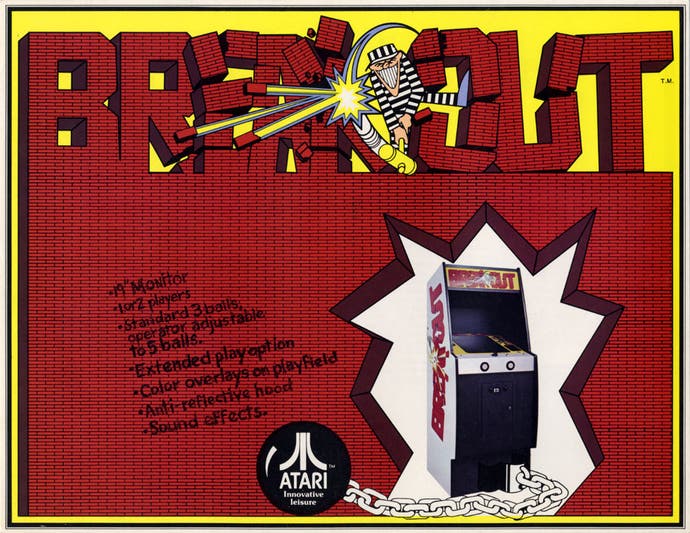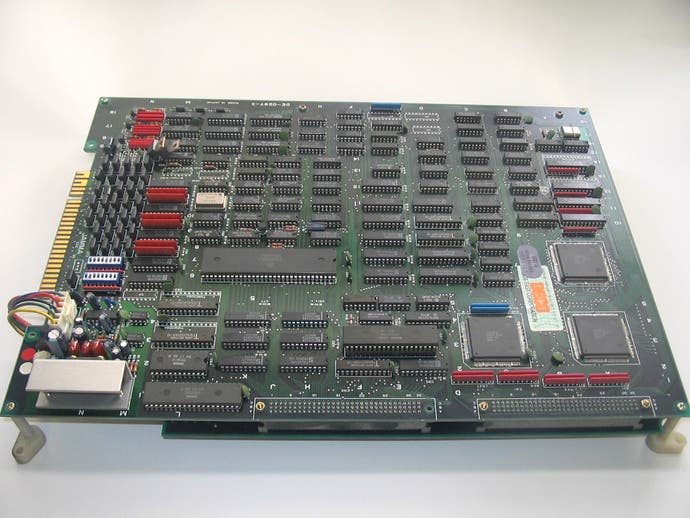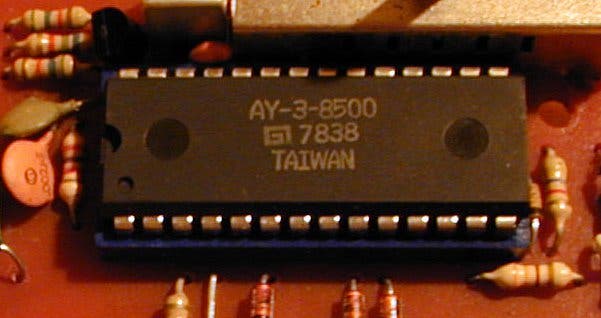Arcadeware - A Glance Through The Coin Door Of History
Silicon beneath the surface.
Profit turnaround was good, but outlay for all this electronic gold was skyrocketing. Keeping up with the hottest new titles meant shelling out the majority of that loose change tonnage too frequently to make arcades a business friendly activity. Not only was the price of chips rapidly surpassing that of fish, but the price tag attached to the wood, mechanics, buttons and monitors wrapped around all that silicon soon became too rich for the blood of a struggling arcade operator.
Game development was rife with exploration - a trend which benefited the gamer no end, though it did nothing to help the painful wallet strain felt by many arcade owners. Vector graphics leapt briefly to the fore, as companies dabbled in the third dimension and needed a way to display the carefully calculated line drawings of games like Battlezone, Tempest and Star Wars.
A brief fad sprang up which saw hardware hackers manufacturing add-on circuit boards to existing games; interrupting, stealing and changing their play mechanics in all manner of imaginative ways. Ms Pac-Man is perhaps the best example of this ingenious piggy-back technique, although few games were as fortunate when it came to side-stepping the dubious legal problems of salaciously interfering with another man's code.
Dozens of new companies sprang up to add much needed colour, movement and sound to the limited Space Invaders format, while others attempted to increase the arcade experience by way of inventive, dedicated cabinets. These mammoth machines took up a great deal of valuable floor space, and required a lot more maintenance than a joystick and pair of buttons, but no length was too extreme to rend the rapidly depleting number of coins from a gamer's threadbare pockets.
The desperation to mount technology upon software upon graphics and sound was ultimately too much, and the floor of the industry gave way under the bloated weight of overfed circuitry. By 1983, the videogame market was ready to collapse.
Videogame life support

But, other than triggering a market collapse that almost ended videogame production, what does this microchip craze have to do with our quest to uncover the hidden treasure chest of arcade hardware? Well, as one coin door closed, another opened. Seeing the prolific videogame industry withering in a desert of gamer apathy, the Japanese Amusement Machine Manufacturer's Association - you might know them better as JAMMA - stepped in to advise the confused and floundering industry and speak on behalf of the disenchanted operator.
The massive influx of expensive, dedicated hardware had simply been too much - even for the most profitable arcades. Significantly reduced costs were the only way forward, though gaming technology needed to retain its progressive, exciting development. This was a dichotomous situation, and initially the only way developers could envisage meeting JAMMA's recommendations (while keeping the games red hot and making them financially accessible) was to absorb massive losses themselves. Hardly a way to keep the industry afloat. But there was an alternative, and one which was ingenious enough to put the industry on life support for almost a decade.
The necessity of increasingly advanced and complex circuitry was paramount, and no amount of tenuous cross-corporate co-operation was going to change that. So JAMMA suggested a uniform standard for all the other elements needed to build an arcade game, such as control boards, monitors, power supplies and cabinets. A trade-wide standard was drawn up which would allow arcade operators to replace only the game circuit boards while retaining the equally expensive cabinet.

A benchmark was agreed upon which would dictate how the cabinet, monitor, speaker, controls and coin mechanism would be connected into an industry standard paradigm; a simple wiring loom navigating its way around the inside of the cabinet and terminating at a standard edge connector. This connector would fit any JAMMA compliant game board (and, for quite some time, it became commercial suicide for a developer to ignore this criterion), allowing operators to simply order a new game and swap out an old one from their many floor standing machines.
Essentially this new and massively significant phase of arcade hardware had nothing to do with the actual chips and circuitry of the game - it was a time when wiring, connectors, joysticks and buttons directed the industry from behind a closed silicon curtain. Gamers were almost exclusively unaware of the momentous developer collaboration that allowed the arcades to survive through the mid to late - and well into the '90s, and all thanks to what was essentially a simple, yet sophisticated, trade-only console format. A prolific community based cartridge games system which spawned the beloved (if often abused and faulty) old generic cabinets that epitomised the essence of 1980s arcades.

These days, MAME might be effectively negating the trend for owning a home JAMMA cabinet and a wealth of game boards, there's still a definite market and wholesome goodness when it comes to giving one of these old campaigners a good home. Buying game boards is a relatively inexpensive hobby (certainly comparable to keeping up with a decent Xbox 360 or PS3 collection), and comes with the added benefit of legality - a genuine game board circumnavigates the legal grey area surrounding MAME ROMs and ensures an authentic playing experience every time.
JAMMA was never intended to be a permanent solution to the industry's problems, and while it provided an unintentional nostalgic sub-text to arcade history and the way we remember our beloved games (the inimitable feel and rough-hewn beauty of a generic cab epitomises many gamer's arcade experiences more profoundly than a dedicated, official machine) it was organically outgrown by the ever-increasing sophistication of arcade titles.

Yet the influence of the JAMMA standard had an equally significant impact on developers who'd only managed to weather the storm that raged from Discs of Tron to Street Fighter II because of that necessity for uniformity. Although we'd never see the scale of corporate co-operation inspired by the Japanese Amusement Machine Manufacturer's Association again, developers began to set their own internal standards that would still retain a respectable level of operator friendly compatibility.
Next week: Capcom to the fore, Virtua profits and six foot home consoles.




.jpg?width=291&height=164&fit=crop&quality=80&format=jpg&auto=webp)
_Rwmp6uD.jpg?width=291&height=164&fit=crop&quality=80&format=jpg&auto=webp)

